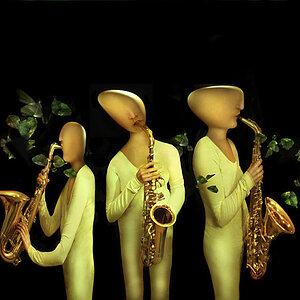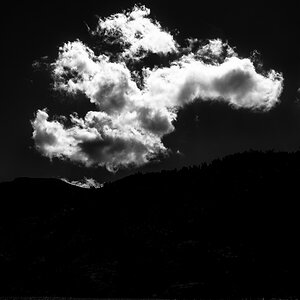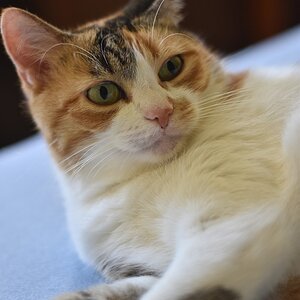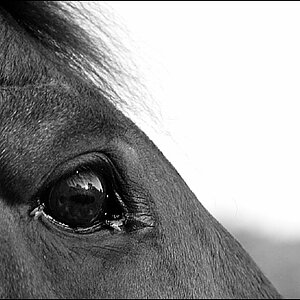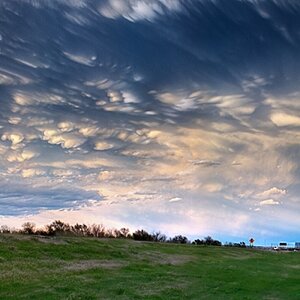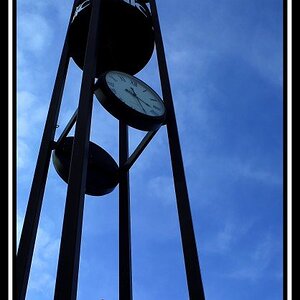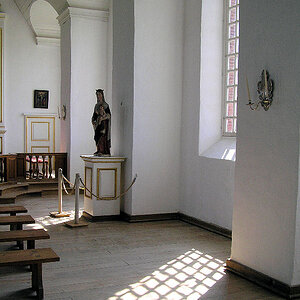Ronman
TPF Noob!
- Joined
- Sep 29, 2006
- Messages
- 316
- Reaction score
- 0
- Location
- Shenandoah Valley VA
- Can others edit my Photos
- Photos OK to edit
I've been studying a bunch lately, trying to figure out how everyone gets the great photographs that are posted here. I'm also in the market for a new camera and I'm begining to get a handle on that. I was reading today about RAW files, why you would want to use them and how to do it. I guess it shouldn't have been a surprise, but it is amazingly similar the way audio files and picture files are handled.
In both you try to manage the noise, which can be introduced at every level. I use an external digital to analog converter because of the less than ideal units that are standard in playback units. Signal to noise ratios, JPEGs vs MP3, a lot of similar terminology.
So here's a stereo photograph. This is a vintage setup I put together for a friend. Killer sound.

JVC XL-R5000 CD player
APT Holman Preamp
Hafler DH 200 Amp
Audio Alchemy DDE v3.0 DA Converter
Audio Alchemy DTI Reclocking device
AR TCW 5 Speakers on trial
KLH 17 System speakers on floor
Dual 605 Turntable
Zoo Cable Power cords
Silver Interconnects 99.99999 % pure
Hand braided 56 wire speaker cables
Custom non resonant equipment rack
Do you think this sounds Crazy?
In both you try to manage the noise, which can be introduced at every level. I use an external digital to analog converter because of the less than ideal units that are standard in playback units. Signal to noise ratios, JPEGs vs MP3, a lot of similar terminology.
So here's a stereo photograph. This is a vintage setup I put together for a friend. Killer sound.

JVC XL-R5000 CD player
APT Holman Preamp
Hafler DH 200 Amp
Audio Alchemy DDE v3.0 DA Converter
Audio Alchemy DTI Reclocking device
AR TCW 5 Speakers on trial
KLH 17 System speakers on floor
Dual 605 Turntable
Zoo Cable Power cords
Silver Interconnects 99.99999 % pure
Hand braided 56 wire speaker cables
Custom non resonant equipment rack
Do you think this sounds Crazy?


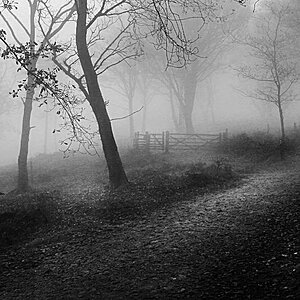

![[No title]](/data/xfmg/thumbnail/34/34343-b06994e286a2089b404358d95c37eaf0.jpg?1619736378)
